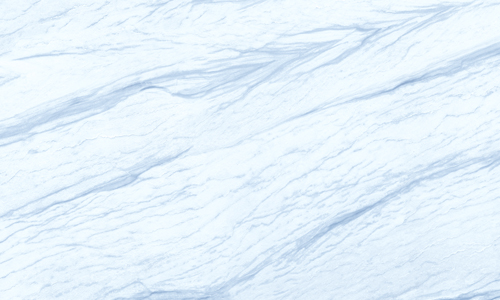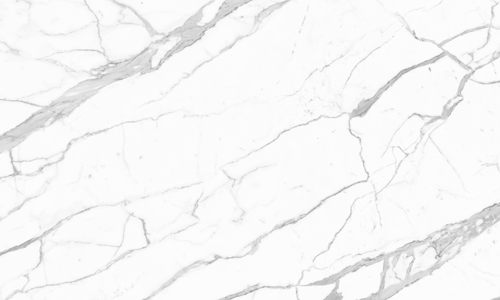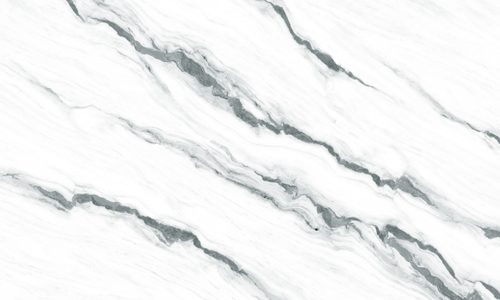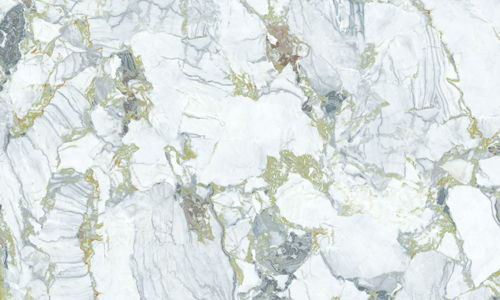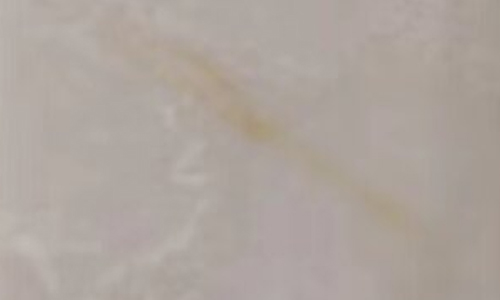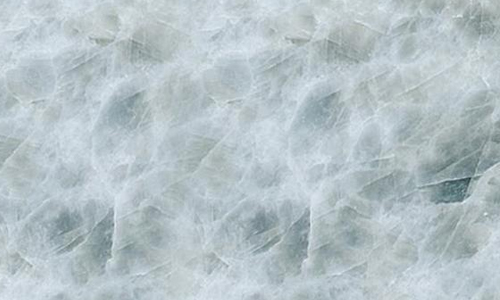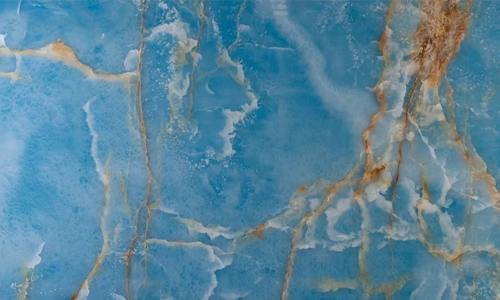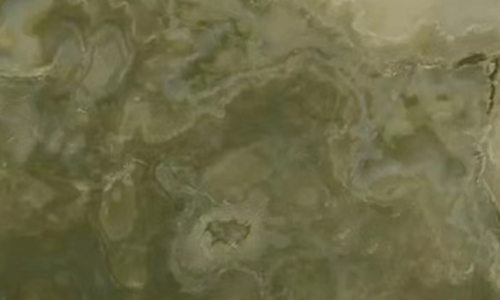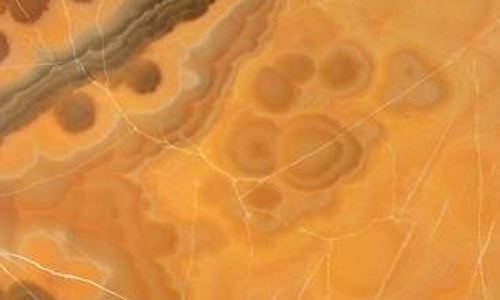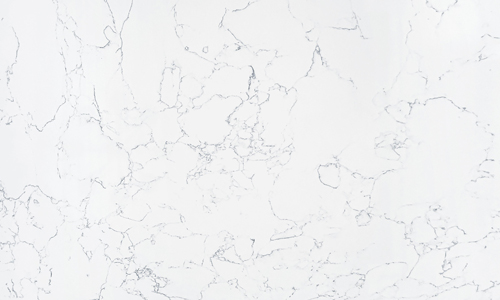In the realm of stone, each slab is a masterpiece of nature, carrying tales of eons, awaiting discovery. As stone professionals, we are not just dealing with hard rock but the gifts of the earth.
As stone connoisseurs, we stand in awe before the gifts of nature, embracing the raw and unadulterated beauty of natural stone. In dealing with the imperfections of these geological treasures, we must recognize and respect the inherent "natural" qualities that set them apart from any other decorative material.
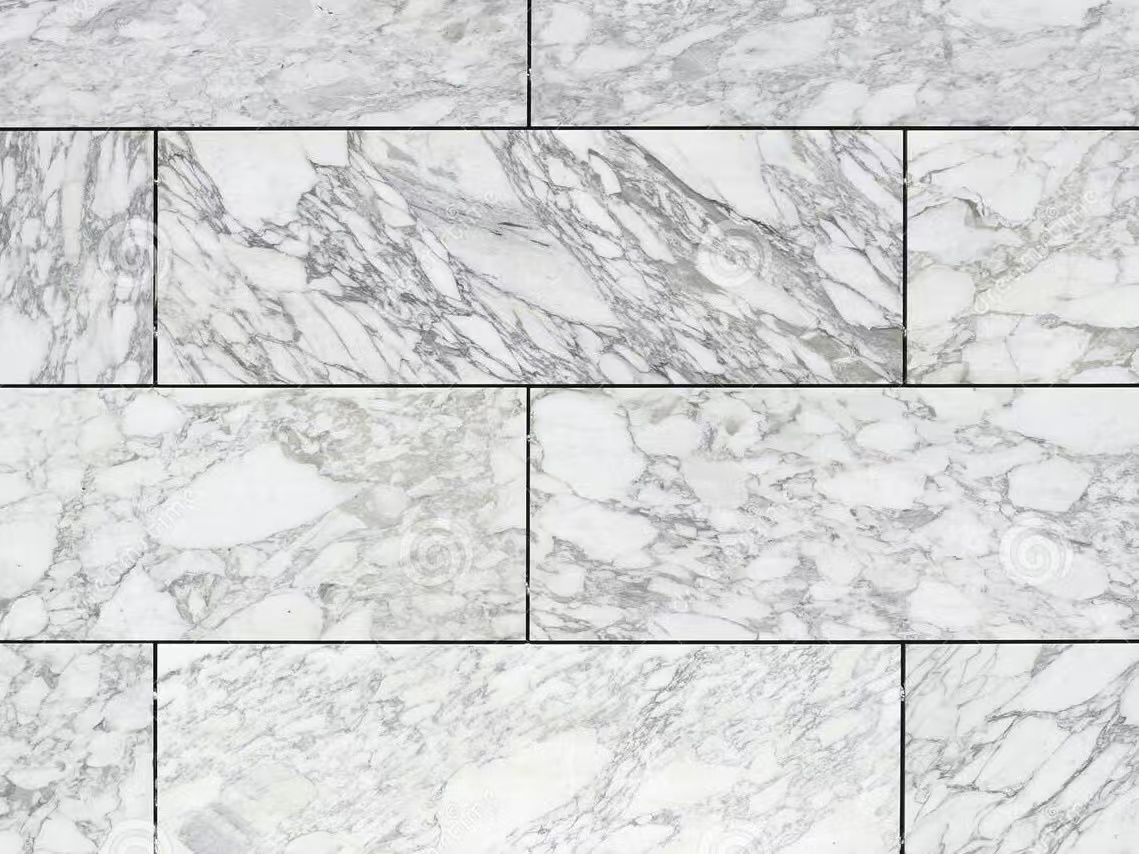
While a plethora of stone surface repair techniques has emerged, the reality is that these interventions often struggle to match the stone's original, natural aesthetic. The variations in color, the intricacies of grain size, and the uniformity of surface spots and speckles are nuances that no human hand can truly alter. So, when we work with natural stone, why do we insist on demanding perfection, as if we were sculpting it to our every whim?
Let's unveil the mystery of natural stone, explore the "flaws" that are misunderstood, and learn to coexist harmoniously with them.
Common Defects in Natural Stone
Cracks:
Cracks are small fissures in the rock, divided into visible and hidden cracks. Visible cracks can be seen before processing, while hidden cracks are harder to identify. They are common in yellow and white stones, such as Old Yellow and Royal Batticino.
Color Spots (Color Dots):
Color spots are irregularly colored spots that differ from the basic color of the stone, appearing as colorless, light yellow, or rust-colored substances. They are commonly found in Arabescato Normal, Volakas, etc.
Yellow Spots (Rust Spots):
Yellow spots are yellow spots that differ from the basic color of the stone, typically found in Arabescato Normal and some granite.
Color Lines:
Color lines are striped substances that differ from the stone's surface color, commonly seen in red, white, and other crystal lines.
Pits and Holes:
Pits are depressions with a diameter of less than 2mm, while holes have a diameter greater than 2mm. These defects are common in Golden Yellow, Rosa Red Marble, etc.
Mold Spots:
Mold spots are naturally occurring green or dark green mold-like substances, often found in Rosa Levanto Marble, Bianco Perlino, etc.
Color Difference:
Color difference refers to the visual discrepancy between the surface of the stone and its basic color, commonly found in yellow stones and Rosa Levanto Marble.
Defect Treatment Methods
Cracks:
Can be repaired using stone glue, followed by grinding and polishing to reduce visibility.
Color Spots and Lines:
Treatment is complex and may require professional repair techniques, such as dyeing or specialized repair agents.
Pits and Holes:
Typically filled with stone repair agents or stone glue, followed by grinding and polishing.
Mold Spots:
Can be treated through cleaning and the use of specialized stone protectants.
Color Difference:
Treatment is challenging, often requiring strict control during selection or clever design during installation to minimize impact.
Conclusion
In the kingdom of stone, each slab is one of a kind. They may bear the marks of nature, but it is these marks that make them come alive with stories. Let's embrace the imperfections of natural stone, for it is in their imperfections that their perfection lies.
Let's embrace the idiosyncrasies of natural stone, for it is in these unique imperfections that their charm truly lies. Instead of striving for an unattainable flawlessness, we should celebrate the character that each stone brings to our projects.
Lillian Fortune East Stone
📧 Email: sales05@fortunestone.cn 📞 Phone: +86 15960363992 (Available on WhatsApp) 🌐 Websites: www.festonegallery.com | www.fortuneeaststone.com

